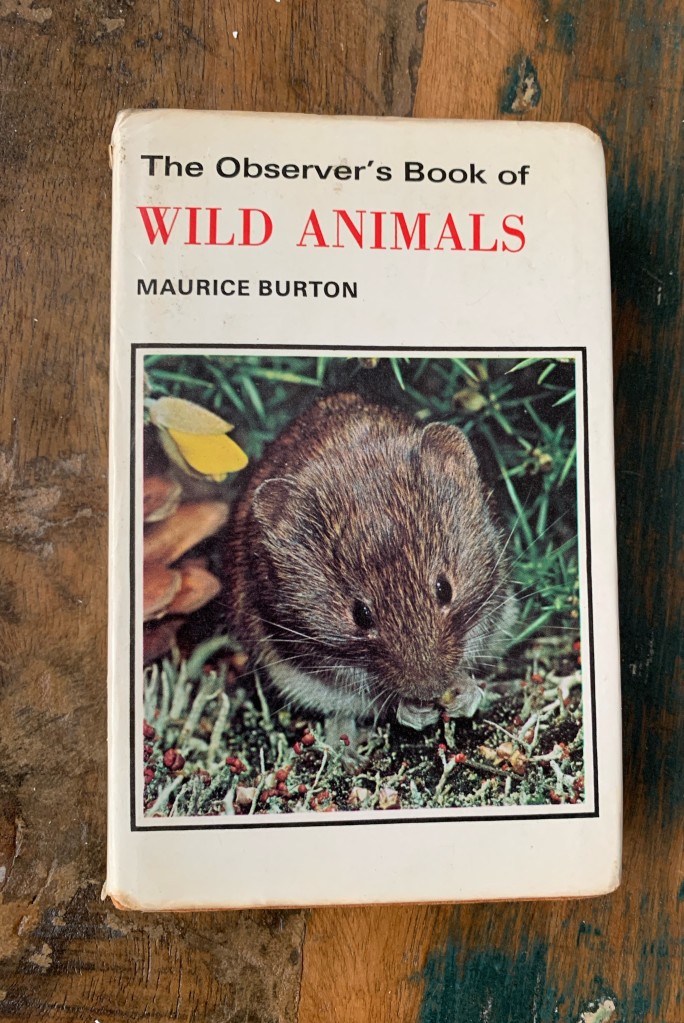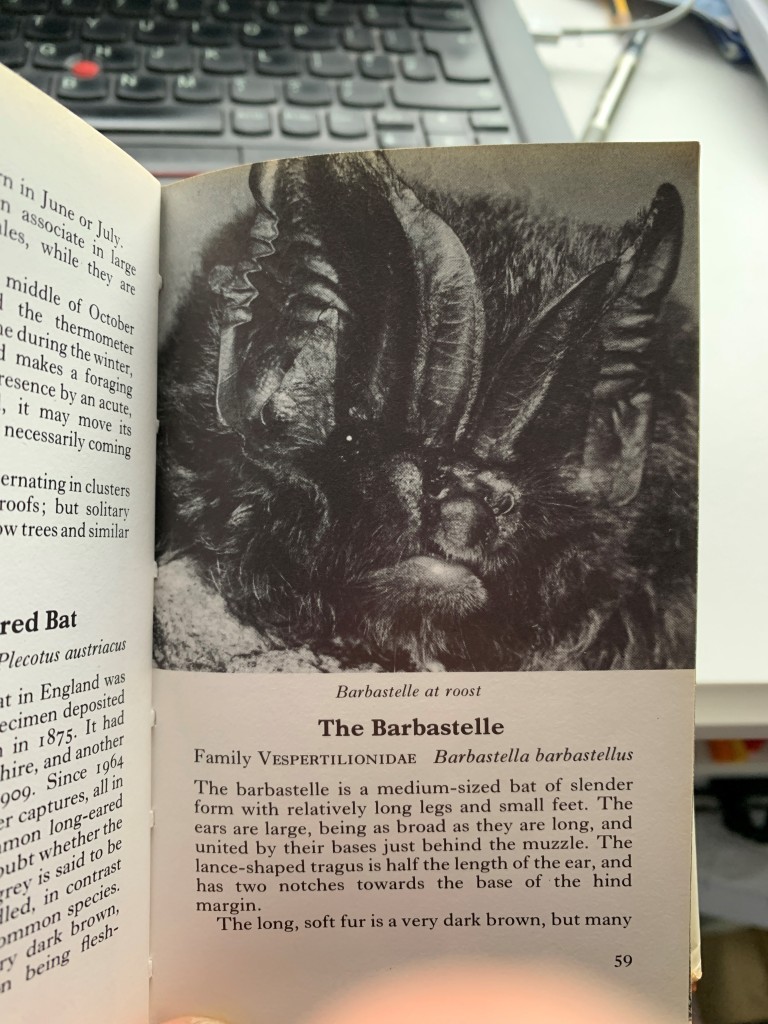For people of a certain age, when they were sevenish, a surreptitious intervention placed the Observer’s Book of Birds in our once tiny hands. With alternating pages of colour and black and white paintings by Archibald Thorburn it is easy to see why this book was a treasure to capture so many hearts and imaginations. It is worth digging out your copy and seeing the changes. Marsh Harrier wasn’t illustrated being ‘the rarest of the three’. Willow Tit again not illustrated, but enough to give a chance of identification from Marsh Tit. Willow Warblers were ‘abundant’ if only that were still true across East Anglia. White Wagtail get its own black and white entry. But I have never heard anyone exclaim ‘High numbers of TitLark from a VizMig’.
So the Observers Book of Birds did the heavy lifting, and for most that’s where the story ends. I saved my pocket money and bought into the Fredrick Warne and Co Ltd empire delivering wild things to my hands. I bought Butterflies in the summer of 1977 as they fluttered around one large buddleia. I can smell the intoxicating perfume when I open it and look at the Tortoiseshells and Peacocks. How I so wanted to be the one to find a Large Tortoiseshell; my chest nearly exploded when I saw one in Tuscany more than 40 years later. The illustrations are still good enough for most of our UK summers. 75p it cost; 25x the price of a bag of Football Crazy crisps.
Around the same time I splashed out another 75p for ‘Wild Animals’ -mammals with amphibians and reptiles. Water Voles were then frequent where I grew up, a regular sound as they ‘plopped’ into the stream on moonlit walks with our dog. They were my gateway into the secret world of mammals.

I return to it now following a thread that started with an exciting encounter with bats in the Autumn of the first lockdown year. Through more dusk encounters. The purchase of a bat detector to listen to bats, which would have seemed financially impossible to my 10 year old self. It being the equivalent to a mixed bag of 20,000 Black Jacks and Fruit Salads. Then to see bats closer I would throw a tennis ball into the summer sky and watch it pull a bat out of the darkness.
So via a number of podcasts including BatChat, Batability and Mammalwatching.com I have deliberately started to go out looking for mammals. Yes I know I have now said that out loud, but it is capturing the excitement of the less predictable.
I realised in 2022 in our Birdrace/Wingsearch year that just listing, in this high tech. world, does not have the same buzz without the jeopardy of a dip. Building a big list makes you miss and forget what is really going on. So I stumble through the undergrowth looking at scratchings on the ground, half eaten Hazelnuts, and yes bits of poo -but not so close.
Returning to the book, the point of this blog, it too was engrained on me when I look at the photos after so long. I must have devoured these images in the same way a family album fuses to your soul. What my 10 year old self would not have know was I would only see one Coypu and that the South American colonizer would be eradicated by the time I left Norfolk.
It seems improbable that the Roe Deer would have had to be reintroduced to England given it is now easy to see double figures on many evening walks, some up close and personal. Also improbable that Red Squirrel were easy to see; and that Greater White-toothed Shrew would get introduced to NE England.
The biggest change though if the book was to be reprinted would be the bats. The Pipistrelle may still be described as a common bat, but after the discovery of new to science Soprano Pipistrelle in the 1990’s would require a second entry and a better picture.
But it was the ugly looking Barbastelle on page 59 that I really wanted to see. How could I hope to see something the colour of a dark sky at night, especially when the information supplied about its habits required more detail. Their reliance on flakes of bark on ancient trees for roost sites is a significant part of their life.

So I follow the challenges faced by the decent people of Norfolk as the fight the conservative County Council’s belief that a Western Relief Road will solve Norwich’s problems. That the chalk stream and the ecology of the Wensum Valley are disposable. That the protection afforded to a significant percentage of Norfolk’s and hence England’s Barbastelles is something to be traded away.
By 17 I had been through some of this Barbastelle habitat not knowing they were there. To be fair in the 1980s not many would have known the significance of this super colony either. And that is the point. We don’t know what we are losing. We don’t know which piece of this complex ecological jigsaw are the significant ones. We are too arrogant to think we are part of nature.
I don’t want to be like Ash Saunders and mourn the loss of things after they have gone. I may never get back to see Barbastelles where I grew up but I am really pleased to see how strong the fight is to save them.
https://www.stopthewensumlink.co.ukhttps://www.stopthewensumlink.co.uk/

Hi Darren,
A vvery well written piece. The same is with me. I got my first observers book ages 8 way back in the 80s as well fella and I too became obsessed.
Fourty years later I’ve recently picked up the mantle of birding again. I also remember the thrill of seeing bats fly out of the eves from my bedroom window back in the 80s in the suburbs of Birmingham. Alas it’s no longer to be, however I do see one of two on dusky evenings outside my front door at times.
Keep bblogging my friend.
Phillip Dews
LikeLike
Thanks. every now and then i get get space and the drive to write. there is so much out there that is exciting and it worries me that less people are interested. Hence a swipe at my neighbours last year. https://curlewsfeathers.wordpress.com/2023/07/12/tragedy-of-the-commons-part-1/
LikeLiked by 1 person